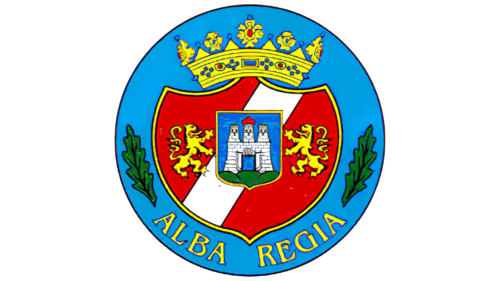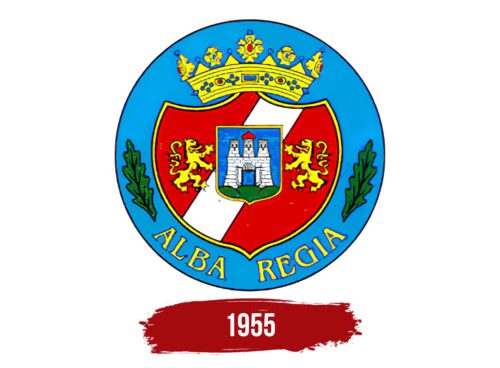Alba Regia: Brand overview
In the early 1950s, the Ministry of Metallurgy and the Institute for Vehicle Development in Hungary embarked on the task of creating an affordable microcar designed for widespread use. The project took a significant leap forward in 1955 when engineers Ernő Rubik, Pál Kerekes, and Geza Bengyel, as well as technicians József Zappel and József Horváth, joined the project.
Together, they developed designs for two microcars – the two-seat Alba Regia and the four-seat Balaton prototype. The terminology was taken from the Latin names of Lake Balaton and the town of Székesfehérvár. The idea behind these cars was to create simple and financially affordable vehicles that would eventually increase the mobility of the population of post-war Hungary.
However, the plan for mass production was not realized as the Hungarian government expressed doubts about the quality of the cars and the economic viability of the project. By 1958, the project was halted, and only a few working prototypes of the Alba Regia and Balaton saw the light of day.
Although the Alba Regia did not make it to series production, it represents a significant period of microcar development in Hungary. It shows how the country kept pace with Western Europe in the field of microcars in the post-war years.
Meaning and History
1955
The Alba Regia car brand is named after the city in which it was developed, so the logo features the city’s coat of arms. The logo takes the form of a seal, which shows a white stone fortress with a red dome in the center. Two yellow lions standing on their hind legs and symbolizing courage, bravery, and valor are drawn on the sides. The background is a rectangular shield crossed diagonally by a white stripe. In the upper part is a crown, the main symbol of royal power. On the right and left sides are oak leaves. The entire composition is placed inside a blue circle, which also contains the name of the city.
The blue circle highlights everything inside it like a spotlight. The white stripe makes the shield even more cool and gives it a twist. The oak leaves on the sides are small additions that make you think of nature and strength. Everything in the logo works together to show pride and tradition, but at the same time, it is easy and clear.





